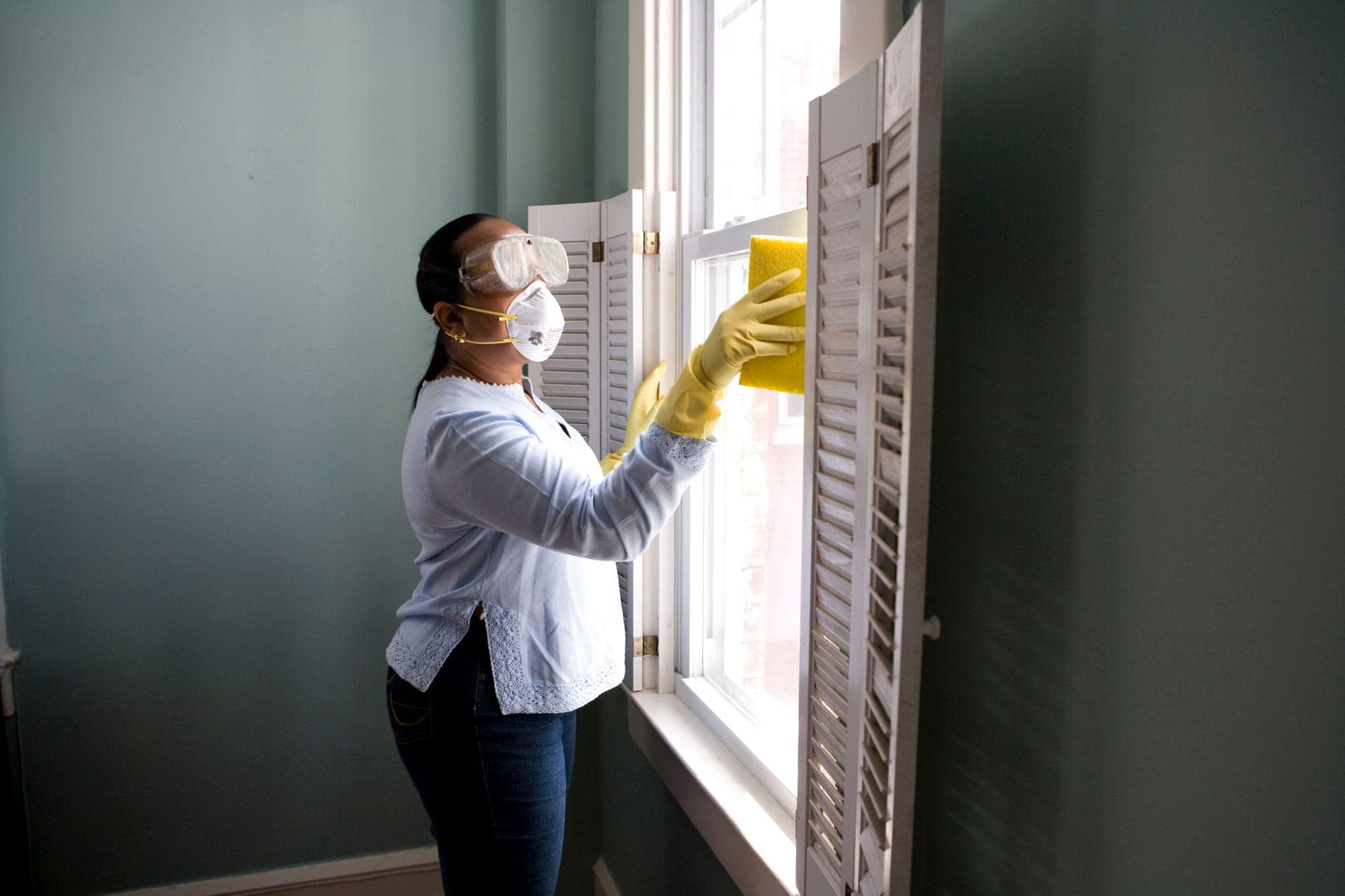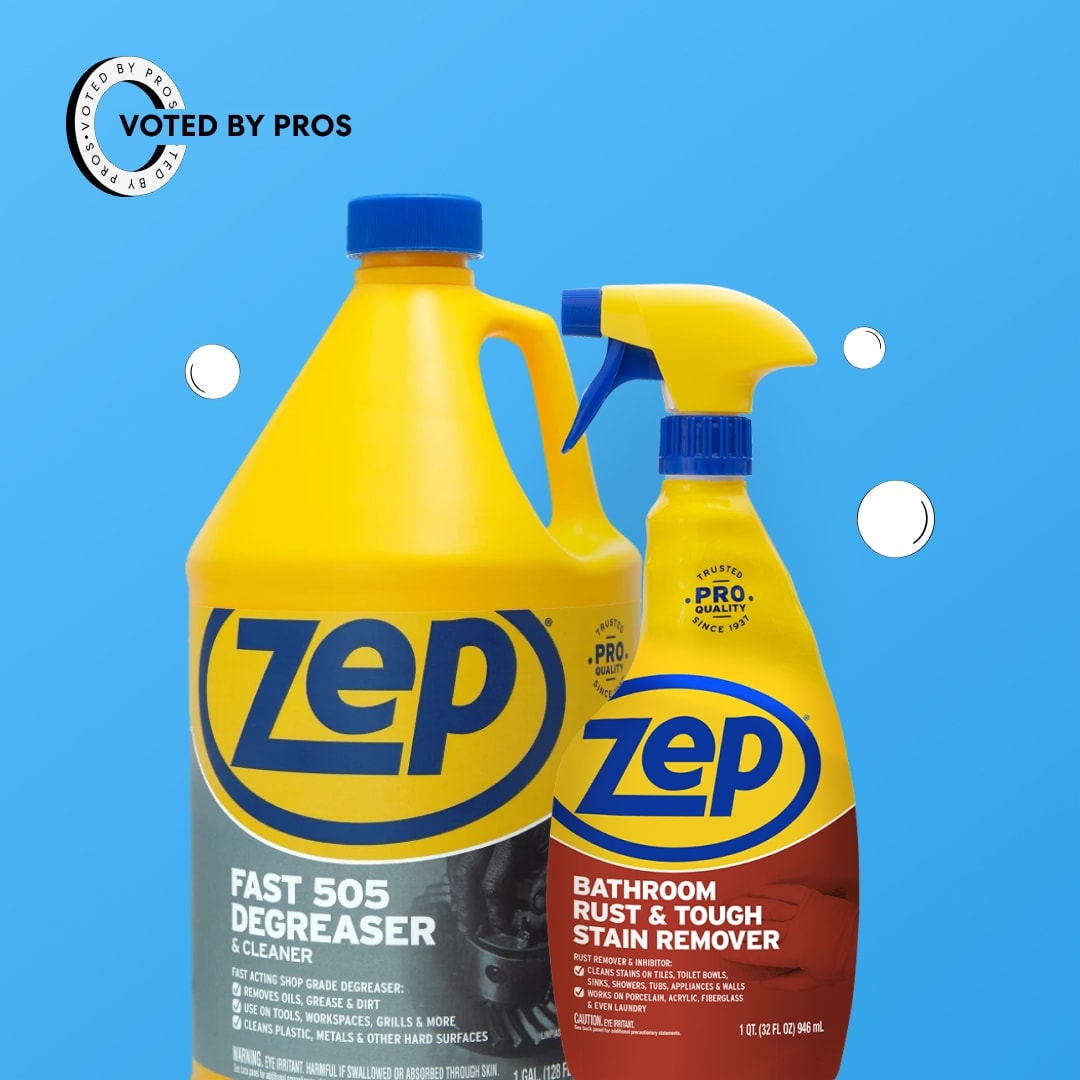As mentioned, there are different types of cleaning jobs and services. A standard cleaning is different from a move-out or deep house cleaning. As a result, prices are also subject to change.
To that end, our experts gave the following advice:
Standard house cleaning
For a normal, regular cleaning, start by charging hourly (with a two-hour minimum) and then charge extra for the first time to perform a deep clean.
Pro tips:
- Charge more for the first time because it inevitably takes longer.
- After, reduce your hourly cleaning rate for routine cleans. Always account for extra time for window cleaning, especially the coverings.
Deep cleaning
Deep cleans are more expensive than a standard clean, but pricing depends largely on the types of services performed. On average, a deep clean costs between $200 to $400, depending on the size of the home.2
After-event cleaning
Pricing a post-party clean depends on the size of the home, the number of rooms that require cleaning, and whether it will be a general clean or a deep, thorough cleaning.
Move-out cleaning
Like a deep clean, a move-out clean tends to be pricier since there’s more work to be done (consider irregular tasks like cleaning the inside of the fridge and oven). On average, a move-out cleaning costs $350.3
Post-construction cleaning
The construction process is messy. Once the crew leaves, there’s a lot of work to be done. In addition to standard debris, there’s also the potential for hazardous waste being left behind. As a result, post construction cleaning is expensive; averages for residential jobs range from $375 to $800.4
Carpet cleaning
This type of cleaning service requires you to use special equipment and solutions. Because of this, you can expect to charge more. To be competitive in the market, survey respondents noted that you should keep your carpet cleaning pricing lower (approximately $50 per room), since you won’t be able to beat out Stanley cleaners and other companies that are dedicated carpet cleaners. That said, by maintaining a reasonable and competitive price point, you can convince customers that you’re providing an all-in-one house cleaning service.
Add-on cleaning services
You can make your cleaning business more profitable by offering special upgrades or add-on services in addition to your standard cleaning services. These can be tacked on as an additional fee. Here are a few ideas:
- Appliance cleaning: This is a good one to offer during the holiday season, when your clients’ ovens and refrigerators are getting a lot of use.
- Laundry services: Offer to wash, dry, fold, and put away your clients’ clothes.
- Linen services: Along the same lines, you can wash bedding and linens and make your clients’ beds.
- Dishwashing: Hand wash dishes or run the dishwasher, then dry and put them away.
- Window cleaning: Grime and dust can build up over the year. Offer to clean your clients’ windows inside or outside.
- Outdoor cleaning: Speaking of the outdoors, if your client has a furnished backyard or patio, offer to tidy up, vacuum, and wipe down where needed.
- Green cleaning: Cater to your eco-conscious clients by using only natural or organic cleaning products in their homes.
These additional cleaning services help you stand out as a professional house cleaner. You’re not only making your clients’ homes cleaner, you’re making their lives easier. People are willing to pay a price for that!




